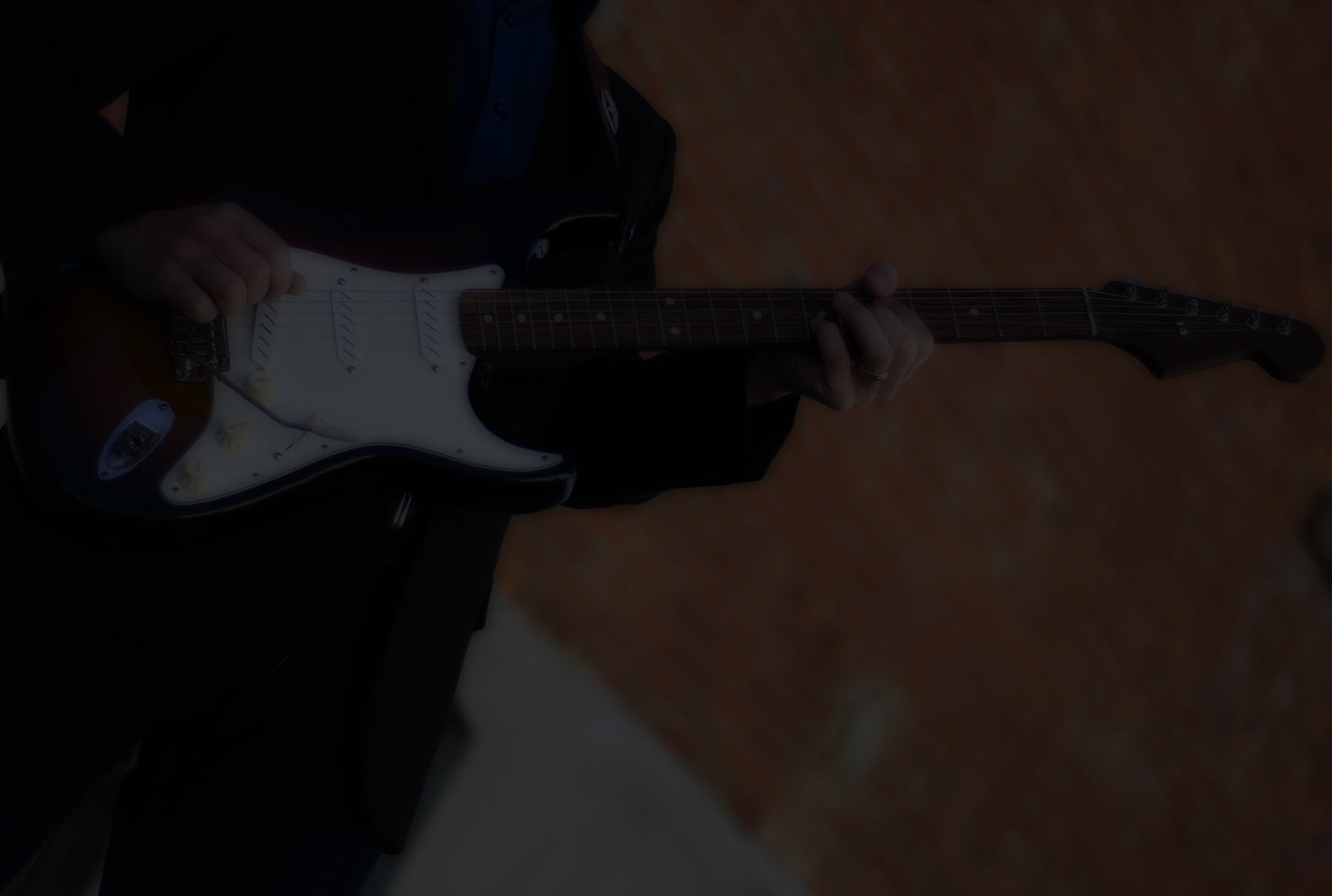I've learned the positions of the A pentatonic scales pretty well. I am wondering if I should now concentrate on utilizing them or whether I should learn the pentatonic major scales. Perhaps it's even more important to learn the diatonic Ionian scale. Not sure where to spend my efforts most effectively and sensibily.
Hey Tom, use them right away!
The A minor pentatonic has the same notes as C major pentatonic. Once you know one minor pentatonic, you automatically know the relative major pentatonic!
A minor pentatonic has the 3 chord tones from A minor: A (tonic), C (minor 3rd), E (5th)
C major pentatonic has ALSO the chord tones from C major: C (tonic), E (major 3rd), G (5th).
But notice that both these pentatonic scale share the same 5 notes.
This is called relative keys. So it works like this:
The relative major chord of a minor chord is 1.5 whole steps above. So, for A minor, you travel up the neck 1.5 whole steps (3 frets) and you get C major.
It also works the other way. From C major, travel down 1.5 whole steps to get the relative minor - A minor.
Hope that makes sense?
Another example - what is the relative minor of A major? Answer: go down 1.5 whole steps and play the minor chord. Which is it? Answer: F# minor.
What is the relative major of D minor? Answer: F major.
Question to you all, what is the relative major of C# minor?
Read more here - https://en.wikipedia.org/wiki/Relative_key
The relative major of C# minor is E, Robert; three frets up. So it seems that although the minor scale and the relative major scale share the same notes and same finger pattern, the intervals are different.
Thanks for answering my question about the major pent scale. Do you think I should proceed to learn the diatonic scale positions next or keep at the pentatonics?
Learn the major scale all over the neck! It includes the pentatonics! Want me to explain that further?
Learn the major scale all over the neck! It includes the pentatonics! Want me to explain that further?
I don't think so; the minor pentatonic scale is the major diatonic scale minus the second and sixth degrees, and therefore a funky interval pattern. OK, so it's never too soon to learn my do-re-me's, eh? Or in my case, never too late.
Thanks,
Tom
Tom
I don't think I've welcomed you yet to MGA so... welcome aboard the MGA bus and forgive my late welcome, I have been very busy lately! I think you are going to really like it here.
I can see you are jumping in with both feet and asking great questions. I like that, it can generate great discussions.
With that idea in mind I want to discuss the relationship between the Major diatonic scale and the major pentatonic scale... and the natural minor and minor pent scales...
As I see it... Check me out good... I think I have this correct!!!
A maj diatonic - A B C# D E F# G# A
A major pent - A B C# E F# - A maj diatonic minus the 4th & 7th or - 1 2 3 5 6 of A major
A natural minor - A B C D E F G A [same notes [different order] as C major - which is the relative major of A min]
A min pent - A C D E G - A min minus 2 & 6 or - 1 3 4 5 7 of minor
Summary -
The maj pent is easily derived from the maj scale
the min pent is easily derived from the min scale
You can derive the min pent from maj scales but it involves flatting natural notes
Amin pent is 1 b3 4 5 b7 of the Amajor scale
Anyone get a headache from this yet!?
Hope it makes sense... is correct ... and helpful to someone.
So much for discussions! 😉
On one hand it seems that there are always different ways to look at things, on the other hand... maybe not 😉
I hope I didn't offend anyone or scare anyone away!
Not at all; I just got busy with stuff. Thanks for your info; that's what I'm trying to get my head around. And my fingers. Now I'm trying to play major and minor blues pent improvs in the same fret position. Makes my head hurt.
more later. Gotta go to my guitar lesson and display my ineptitude.
Glad to hear that. Busy is good.
I'm certainly not a role model for how to learn to play in the best most efficient manner but... I know that if I try to do too many scales at the same time I feel overwhelmed... and just end up noodling!
Trying to play major and minor blues pent improvs in the same fret position, sounds like a great exercise. One of Robert's videos that I really enjoyed discusses learning scales, and improvising with them as soon as you start learning them... play on 1 string, 2 string pairs. change min/maj in position... great practice ideas.
A Minor with a Natural= Little Stevie Wonder
It is a very nice question.....Very nice discussion. I love it!!!







